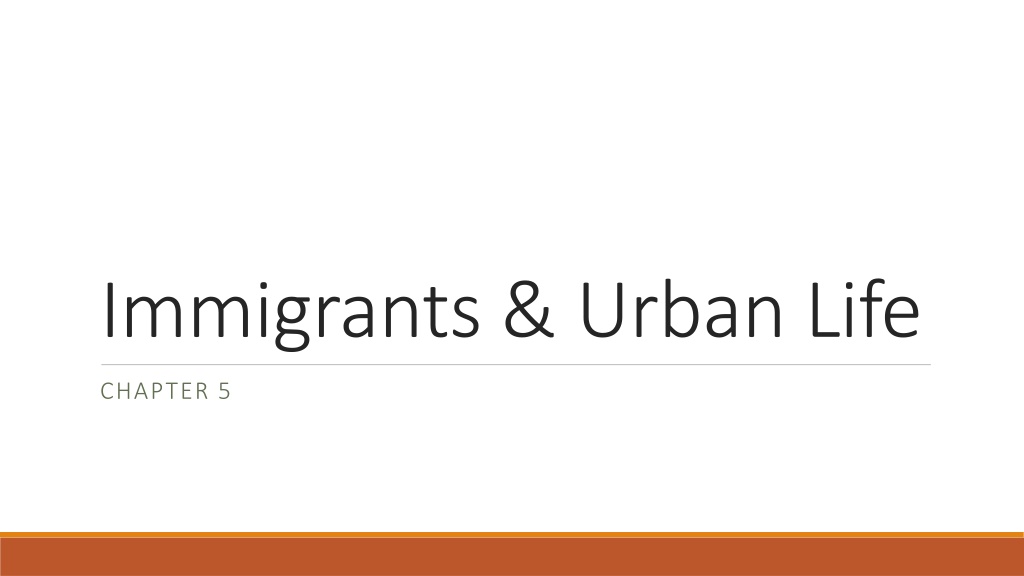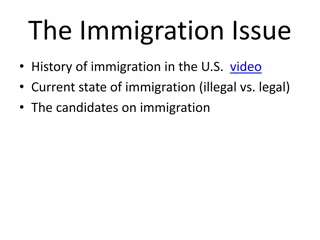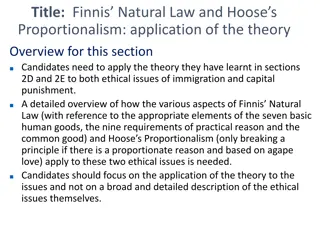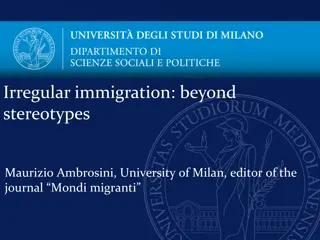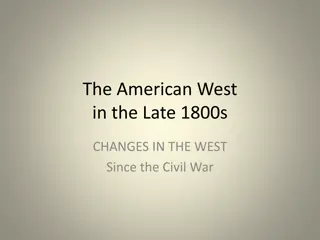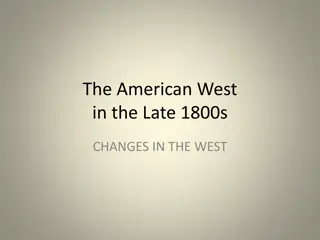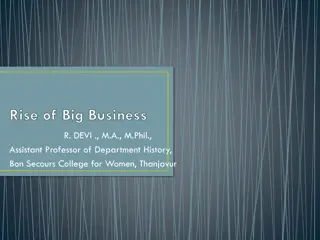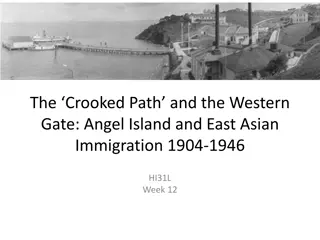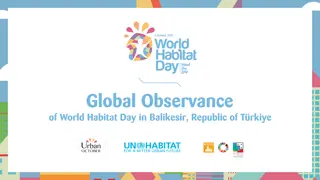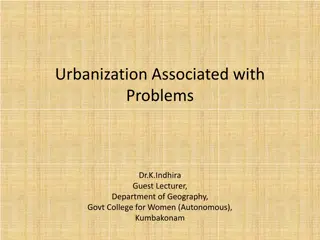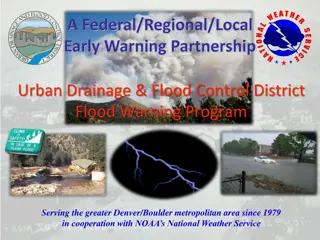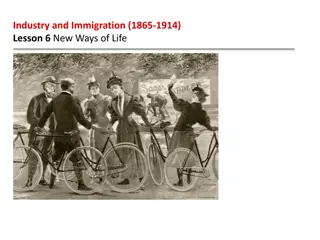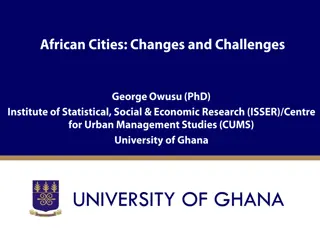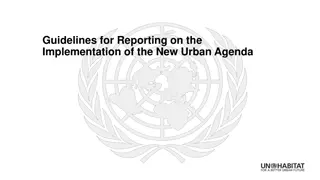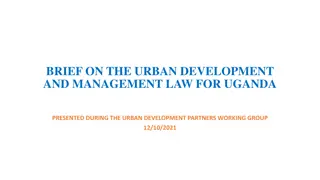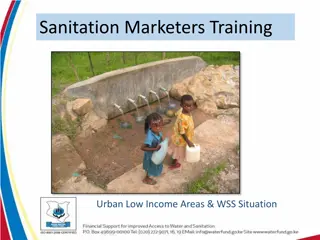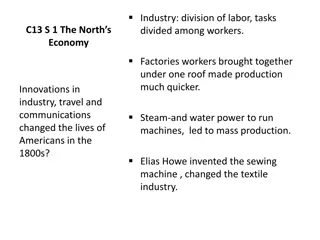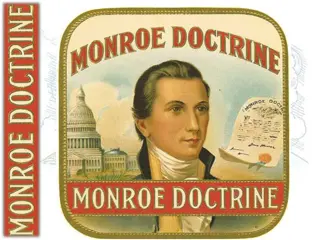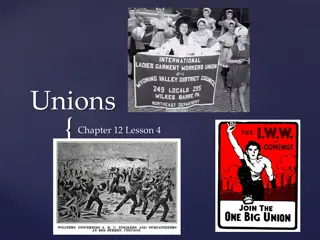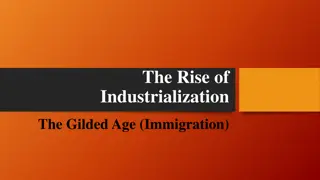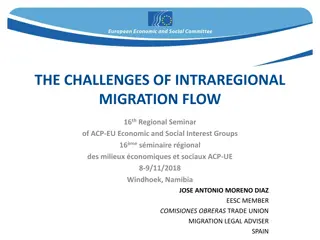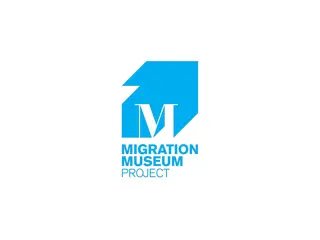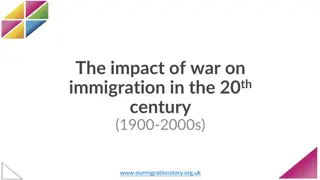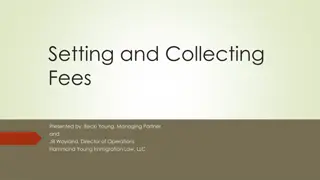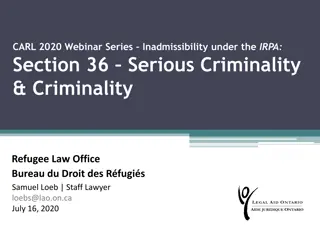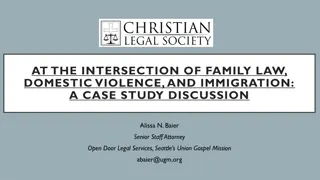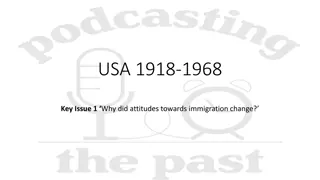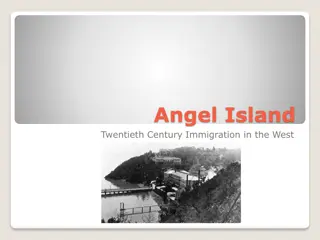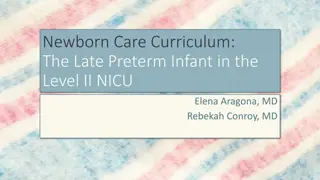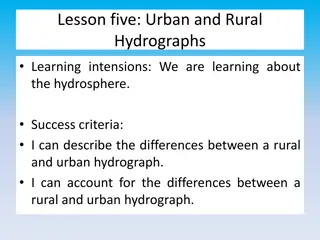Immigration and Urban Life in the Late 1800s
The late 1800s saw significant changes in U.S. immigration patterns as new immigrants from Europe, Asia, and Mexico arrived. The journey to the U.S. was difficult, with many immigrants facing challenges like steerage accommodations and disease. Upon arrival, immigrants went through immigration centers like Ellis Island and Angel Island. Despite opposition, immigrants worked hard to adjust to American life, forming ethnic neighborhoods and contributing to the cultural and economic landscape of the country.
Download Presentation

Please find below an Image/Link to download the presentation.
The content on the website is provided AS IS for your information and personal use only. It may not be sold, licensed, or shared on other websites without obtaining consent from the author. Download presentation by click this link. If you encounter any issues during the download, it is possible that the publisher has removed the file from their server.
E N D
Presentation Transcript
Immigrants & Urban Life CHAPTER 5
A New Wave of Immigration Timeline: 1873-1901 Key Terms: old immigrants, new immigrants, steerage, benevolent societies, tenements, sweatshops, Chinese Exclusion Act Main Ideas: U.S. immigration patterns changed during the late 1800s as new immigrants arrived from Europe, Asia, and Mexico. Immigrants worked hard to adjust to life in the United States. Some Americans opposed immigration and worked to restrict it.
Changing Patterns of Immigration Millions of immigrants entered the U.S. from Great Britain, Germany, Ireland, Scandinavia Most were Protestant except some Roman Catholics Many were skilled workers seeking employment in factories of urban areas Old immigrants- referred to northern Europeans New immigrants- referred to southern and eastern Europeans-about 5 million entered in 1880s Czechoslovakians, Greeks, Hungarians, Italians, Polish, Russians, and Slovaks entered the U.S. with many different cultural and religious backgrounds Some were escaping religious persecution and were eager for job opportunities
Arrival in a New Land Difficult journey across ocean in steerage (below deck where steering mechanisms were located) due to being inexpensive-hot, cramped, and stinky due to sea sickness Many died of disease before arriving in the U.S. Processed through immigration centers run by the U.S. Ellis Island-East Coast/European immigrants, New York harbor, less than 2% rejected Angel Island-West Coast/Asian immigrants, San Francisco harbor, more discrimination El Paso, Texas welcomed Mexican immigrants Immigrants were interviewed and examined to determine if they could enter the U.S.
Annie Moore FIRST immigrant processed at Ellis Island in 1892 14 years old (her age has been debated as maybe being 17) From Ireland spent 12 days at sea on boat with 148 other immigrants Given a $10 gold coin to recognize her as the first immigrant Married a salesman in New York and had 11 kids She died of heart failure at age 50 in 1924-buried in Queens, New York Story told in a song, Isle of Hope, Isle of Tears by Brendan Graham
Adjusting to a New Life Immigrants needed a home and a job while learning new language and customs Ethnic neighborhoods were created so that immigrants with similarities could live Same native language, food, customs Published their own newspapers in their own language Founded schools, clubs, and churches Opened shops and banks Offered new arrivals credit and small loans Italian immigrant, Amadeo Peter Giannini started Bank of Italy in San Francisco which is now Bank of America
New Life Adjustments Ethnic neighborhoods formed benevolent societies-help those with sickness, unemployment or death Lived in tenements-poorly built overcrowded apartment buildings Children typically adjusted to American customs and language faster than adults Many immigrants came from rural farms but needed manufacturing skills-no choice but low pay unskilled jobs with long hours Sweatshops in the neighborhood provided some employment for small jobs Skilled bakers, carpenters, masons, machinists found jobs easily
Opposition to Immigration Many Americans feared immigrants would take their jobs since they were willing to do the job for less money Racial and ethnic prejudices increased opposition also Some groups advocated laws to stop immigration Chinese Exclusion Act banned Chinese people from immigrating to the U.S. for 10 years- FIRST time no allowing one group to enter Criminals, sick people and disabled people were also limited Immigrants continued to enter and work hard to improve the future of their families Today, about 15M Asians call America home
The Growth of Cities Key Terms: mass transit, suburbs, mass culture, Joseph Pulitzer, William Randolph Hearst, department stores, Frederick Law Olmsted Main Ideas: Both immigrants and native-born Americans moved to growing urban areas in record numbers in the late 1800s and early 1900s. New technology and ideas helped cities change and adapt to rapid population growth.
Growth of Urban Areas Urban = city 40% Americans lived in urban areas New York was the largest city in 1850 but Chicago, Philadelphia, St Louis, Boston and Baltimore caught up quickly Immigrants increased population but rural Americans moved to the city too new farm equipment replaced the need for workers on the farm Many hoped to escape discrimination and find better educational and economic opportunities- many African Americans travelled north to Chicago, Cleveland, Detroit, and New York Chicago grew the most and fastest due to the location near railroads, natural resources, and plenty of factories
Changing Cities Skyscrapers were built with Carnegie s steel to accommodate so many people Elevator patented by Elisha Otis helped skyscraper become practical Mass transit public transportation that moves many people quickly also benefited the cities Some transportation was underground FIRST subway 1897 was built in Boston Cable cars and trolleys were cheaper but slower transportation that was available Suburbs- residential neighborhoods outside of city areas became more affordable and accessible to the city
New Ideas Mass culture leisure and cultural activities shared by many people became popular due to increased publishing typewriter was invented which made communication more efficient Newspaper became very popular Joseph Pulitzer added the comics which increased sells William Randolph Hearst published New York Journal Department stores like Belk opened in cities Marshalls put ads in newspapers and decorated large windows of the store to attract customers to low priced products Worlds Fair brought new ideas and products Example: ice cream cone discovery from a Syrian food vendor at the fair Amusement parks like New York s Coney Island provided family fun and entertainment FIRST roller coaster Switchback Railway at Coney Island cost a nickel
Central Park in New York City Frederick Law Olmsted-landscape architect designed Central Park and became famous Purpose of Central Park- a place where busy people in NY can relax, exercise, and enjoy nature View p. 146 Pond is near busy streets to attract people Many trails to walk, ride, or roll Horseback riding, ice skating, boating, and baseball are some activities Children s District is special for families with young kids Many famous monuments inside EX: Alice in Wonderland, Beethoven, Cherry Hill Fountain (Friends), Shakespeare, Strawberry Fields (John Lennon), Vanderbilt, etc
City Life Key Terms: Jacob Riis, settlement house, Jane Addams, Hull House, Florence Kelley Main Ideas: Crowded urban areas faced a variety of social problems. People worked to improve the quality of life in the US cities. Rapid growth of cities created both challenges and opportunities.
Urban Problems Jacob Riis, a photographer and journalist exposed horrible conditions in NY Overcrowding caused sanitation problems and spread germs easily no trash service Poor building codes created dangerous tall buildings-few windows for fresh air Running water and plumbing was scarce Diseases like cholera, typhoid, influenza, and tuberculosis spread Air pollution due to factories Carnegie s steel mills in Pittsburgh provided wealth but also air pollution (Green City Award) Police and firefighters hired per neighborhood
Improving City Life What would you do if you discovered the class next door did not get food or drink all day and was refused air conditioning and heat? Immigrants lived in dangerous places- Jacob Riis and Lawrence Veiller worked hard to change these living conditions Charity Organization Society exposed the lifestyle through photographs and written stories Once everyone learned of the situation, the NY State Tenement House Act was passed stating new buildings must have air ventilation and running water Settlement houses were neighborhood centers that offered education, recreation, and social activities to immigrants were created FIRST was in NY- Neighborhood Guild Most famous was in Chicago Hull House opened by Jane Addams
Hull House Staffed by professionals and volunteers to assists immigrants Served 2000 people a week Provided English classes, day care, cooking and sewing classes Children were offered clubs, art, and sports Jane Addams & Florence Kelley worked for reform Laws passed to limit working hours and prevent child labor Many cities opened settlement houses Pennsylvania currently still has Germantown Settlement today
Jane Addams Born in Illinois College educated but could not find job open for women Visited England and saw London Settlement Returned and opened Hull House in Chicago Taught immigrants kindergarten Involved in immigrant s rights Shared the Nobel Peace Prize in 1931 for her work with the Women s International League for Peace and Freedom
TEST TIME! Know key terms Analyze main ideas Study correct answers on chapter review p. 153-154 Make an A! You can do it! I BELIEVE IN YOU
